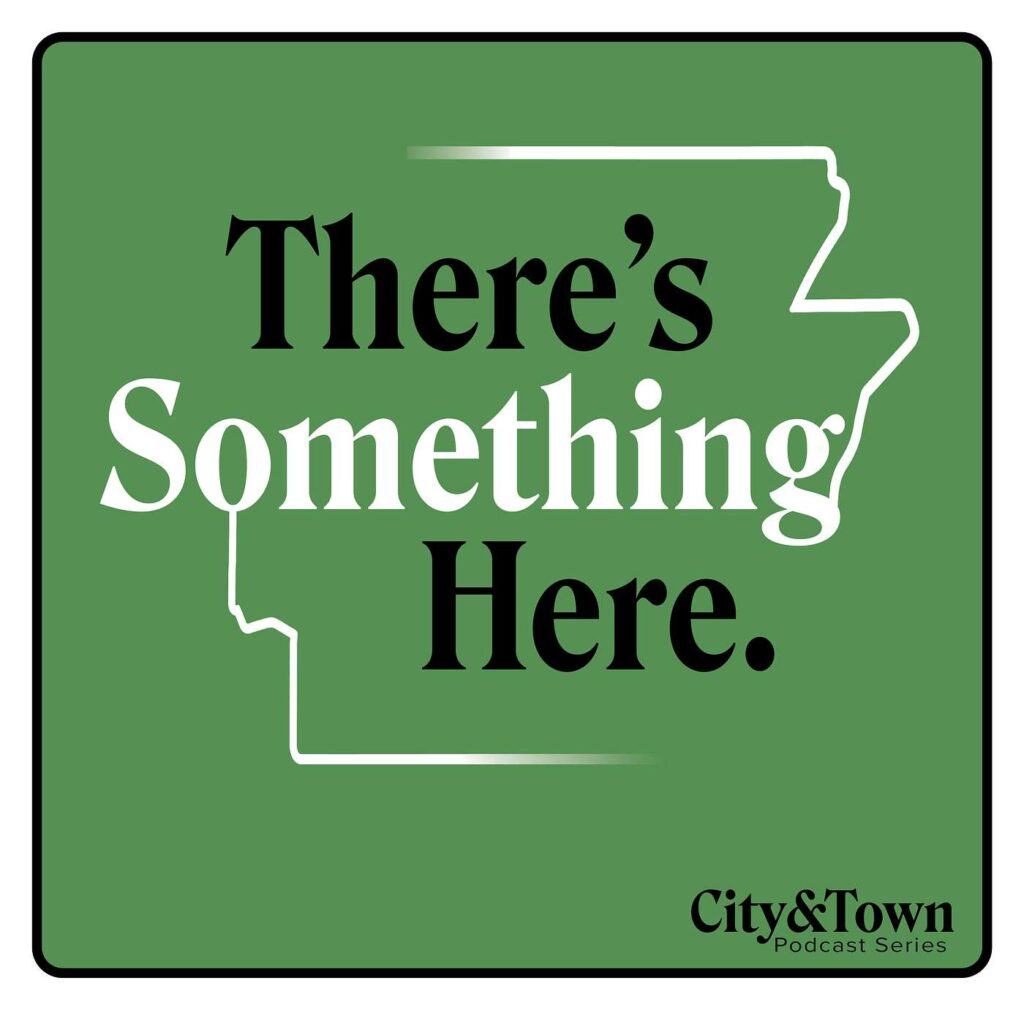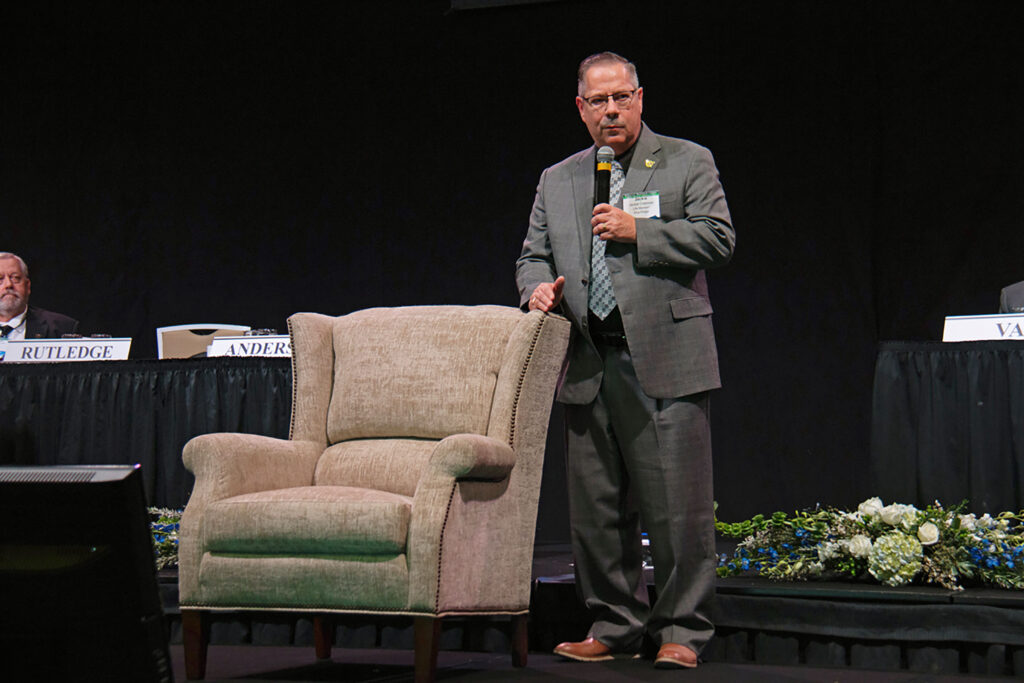As employers, one of the biggest investments that we make is in recruiting, hiring and retaining employees. But what are we doing to ensure that our investment is reaching its full potential? How do we take that investment and create an opportunity for it to garner huge dividends and a win-win situation for everyone? Here are a few simple suggestions to do just that.
Create a positive organizational culture
It is essential that we provide employees with a clear understanding of our organization’s culture, policies and goals. It is not enough to tell an employee that your organization has a culture of respect and understanding, and policies that enable an employee to grow and develop their skills. You can’t just provide them with the personnel handbook and a company mission statement. You must show an employee by modeling the behavior that creates the culture from the top down. They must see the buy-in from their executives, supervisors, managers and peers.
Creating a positive organizational culture might begin with a civility policy. At the Arkansas Municipal League, we have a simple civility policy that states, among other things, that we greet and acknowledge each other, we say please and thank you, and we treat each other equally and with respect, no matter the conditions. Because civility and professionalism are taught, modeled and made a priority, there is no one at the League who doesn’t know and understand their importance. The culture we have created has made this an organization where people want to work, so much so that staff members often refer friends and colleagues to us when we have an open position.
Provide employees with the tools and training that they need to be successful
Every workplace is different. Regardless of the knowledge, skills and abilities that new employees bring to the table, we should not assume that they know how our workplace functions. Nor should we assume that current employees do not want or need additional training. In today’s fast-paced environment, technology is constantly evolving, best practices for safety-sensitive positions are advancing, and tools and equipment are improving. Because of these factors and more, the way we work is in a constant state of flux. As employers, we must make sure that our employees receive the training that they need to stay current on the laws and guidelines related to their position. If new equipment or technology is introduced, employees should be well-versed in their operation. When we invest in the training and education of our employees, we are showing them that they matter.
The same is true when we provide them with the right tools and equipment to accomplish their assigned tasks. I realize that not every organization can afford to buy new equipment or software every time an improvement is made, but an organization can make sure their equipment is well maintained and that employees are trained to operate it safely. This sends a strong message to employees that your organization respects them enough to provide them with the tools and equipment needed to perform their job.
When it comes to training, look to the future. If an employee expresses interest in learning more than is required for their current position, try to envision the position or another position five years in the future. If possible, invest in training to ensure that your organization has employees with the skills that are needed for years to come. This will benefit the employee and the employer.
Give employees a safe place to work
Providing a safe workplace has many different meanings, and if done correctly it can have a huge impact on your employees. Safety is a factor that is often overlooked when the discussion turns to making an employee feel valued.
Safety in the workplace can be interpreted as removing elements that can cause harm, accidents and other negative outcomes in the workplace. Providing a safe physical workplace includes making sure that it is clean and organized. It comprises confirming that equipment is maintained and in good working order, and that all safety protocols are being followed. Regular safety training should also be a priority to prevent accidents. Employees arrive at work safe and sound each day and should go home the same way. Creating an environment that limits hazards, accidents and other kinds of harm is a big indicator that you care about your employees.
A safe place to work also encompasses other factors that impact the safety, health and well-being of employees. It involves providing a workplace where employees feel psychologically safe and do not fear being harassed, bullied or intimidated. It embraces providing an environment in which employees’ rights are protected, and diversity and inclusion are part of the organizational culture. At our core, most people want to belong.
A safe workplace is also a place where employees feel comfortable and know that the organization welcomes their input on important matters. There is no better way to build trust and gain buy-in than including your employees in discussions about organizational goals. While not everyone will agree with all aspects, open communication will help employees accept and understand the outcome.
There are many other ways to show your employees that they are valued and appreciated, and most of them include small, commonsense practices such as giving credit where credit is due, not taking people for granted, sharing open and honest dialogue, and simply saying thank you. This article just scratches the surface. I challenge you to try some of these tips and see what happens. You may be surprised at the difference it will make for both you and your employees.
As always, the League is here to assist you. Please do not hesitate to reach out to us with any questions you may have.










